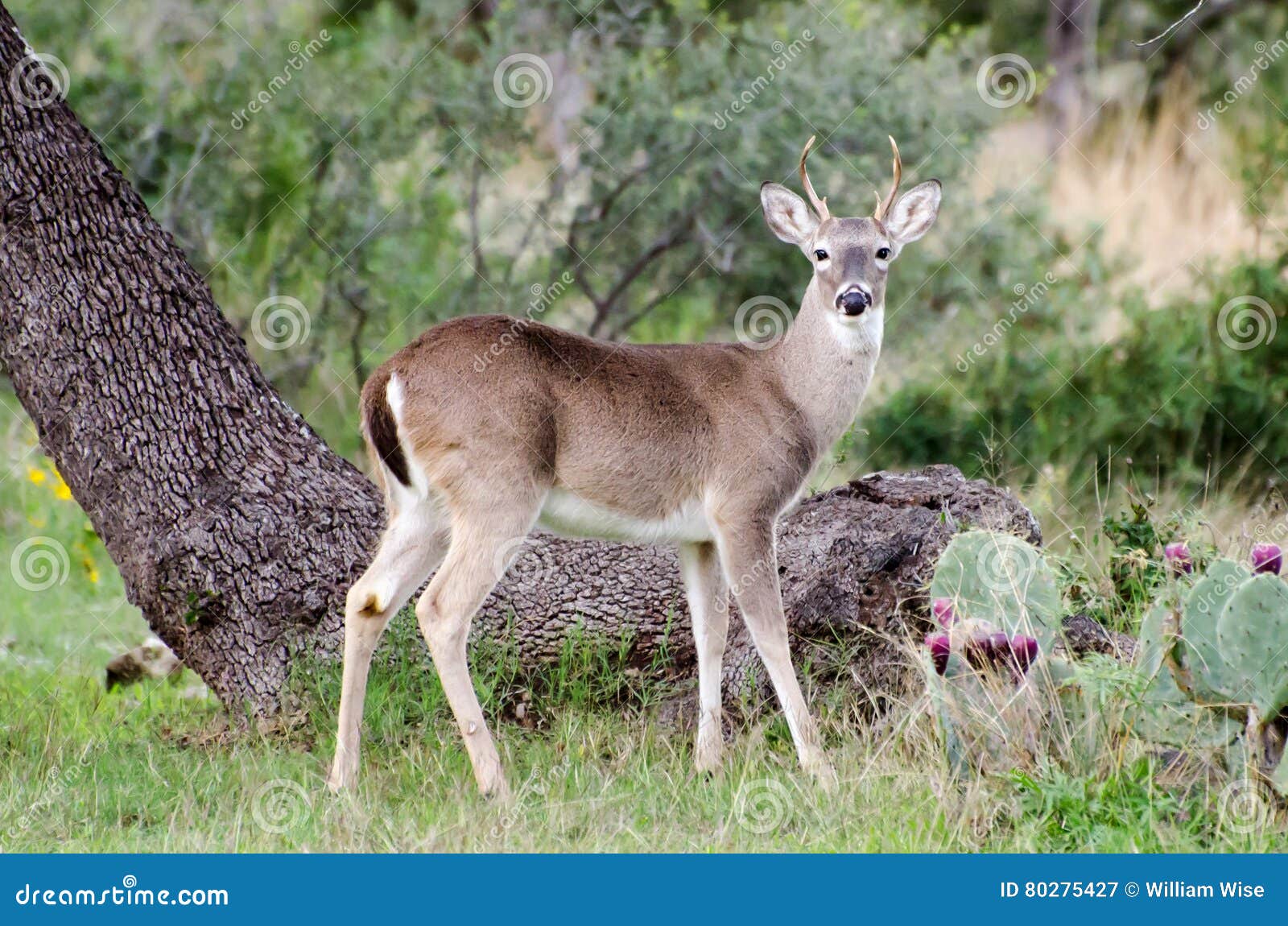



A spike buck has slender antlers without branches. The main difference between a spike buck and a button buck is the look of their antlers. They just need a little more time to grow and develop. It is not uncommon for spikes to eventually grow into fully mature bucks with impressive antlers.
#Spike buck full#
Spike bucks have a bit more growing to do.įurthermore, their antlers haven’t developed into full buck antlers yet. The average age for a fully grown buck deer is about four and a half years. This is because they haven’t reached the typical age range to be considered a true adult male. Spikes themselves are not considered bucks by many hunters. A lack of food, and more energy being consumed to keep the buck warm (instead of sending that energy to antler development) can play a role. Lastly, harsh weather conditions can cause a buck’s antlers to develop slower. The stress hormones interfere with the hormones in the growing buck. Stress from overpopulation could also affect buck antler growth. If a male deer is malnourished, then his antlers might develop slower. Nutrition is especially important to buck antler growth, especially in the first year of their life. Bucks that were born later usually have a slower development with their antlers, and thus they only have a set with one point.Ī few other common causes of a spike buck include: If it was born later than the usual spring and summer birthing season, then it might develop into a spike buck the following year. The most common reason a male deer becomes a spike buck starts at birth – specifically when the male fawn is born plays a big role. It also includes a short description of whitetail spike bucks specifically. The following article offers a detailed explanation of what causes a spike buck and the shooting and hunting restrictions which apply to these unique male deer. Keep in mind that Scouts enrolled in any Spike Buck sessions are not eligible to participate in Life Scouting or other select merit badges.This is typically due to the buck being so young, his antlers haven’t fully developed yet, though there are a few other reasons male deer become spike bucks as well. A review here can put into practice the skills the Scouts have learned during the week. Leaders are encouraged to work with Spike Buck participants in the Troop's campsite. Likewise, a 14- or 15-year-old may be in his first summer at camp, but may be advanced enough to bypass this program in favor of merit badges. While a Second Class Scout may gain valuable skills in the program he may be better served in the merit badge program. Unit leaders should consider each Scout individually when deciding whether he should sign up for this program. How much each Scout completes is up to him or her, and it is very possible for two different Scouts will complete different requirements, and that some complete more than others. Each Scout will receive credit for those requirements he has completed toward the ranks of Tenderfoot, Second Class, and First Class. The Camp Sidney Dew staff will do everything in its power to help each Scout become proficient in as many of the Scouting skills as possible. Unlike the merit badge program, it is impossible to come to camp and, in a week, complete all of the requirements for First Class. The Spike Buck staff will attempt to help Scouts master the basic skills for camping, first aid, rope work, map and compass work, and nature hiking. While designed primarily for Scouts who are new to the Scouting program, and generally those coming to summer camp for the first time, it is not limited to those Scouts. There are two programs available covering those skills that are required for advancement to the ranks of Tenderfoot, Second Class, and First Class. Each Scout in the Spike Buck Program learns the basic skills that all Scouts must master to become proficient in camping and outdoor activities.


 0 kommentar(er)
0 kommentar(er)
